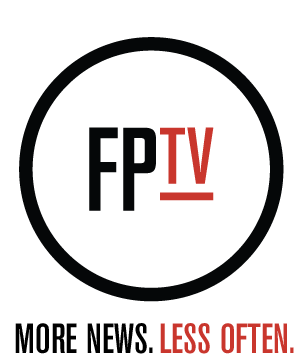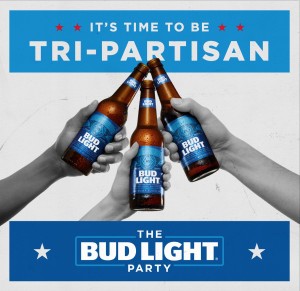By The Numbers: Women Left Out in the Festival World
Banks. Photo: Sara Strick
By Omar Afra, Elizabeth Rhodes and Russel Gardin
Over the last several weeks, most major festivals happening in the spring and summer have announced their lineups and it’s pretty much what you would expect. Several of the usual suspects, a few acts who have records to support, and as always, poor representation of females. To play the devil’s advocate, the music industry as a whole does not churn out enough female fronted acts to adequately represent females in the festival world based upon population. But hey, while it would be great to get to 51 percent, which is what females make up of the world’s population, it would be good if the festival world could get to at least 25 percent. Below is a handy guide that shows how most major and regional festivals stack up when it comes to repping the fairer sex. Side note: In no way do these numbers correlate with actual demand, as many of the largest ticket-selling acts on the planet are females, whether it be Beyoncé, Adele, Taylor Swift, etc. The fans want female representation. Will the music industry wise up and give it to them?
In the music industry, just like most other industries, women are placed at a disadvantage. The music industry is both male dominated and highly superficial, so it doesn’t come as a surprise that the festival circuit is just as biased when it comes to talented female performers — but it should. Okay, so Beyonce is headlining Coachella alongside the likes of Radiohead and Kendrick Lamar. Now take a closer look at second row billed performers on their poster. You’ll find only two females (Lorde and Romy Madley Croft of The xx) out of 32 total performers. That’s a pretty crummy ratio. Moreover, when a brand new festival like Middlelands has 119 artists listed on their lineup and only 6 are female fronted, there’s clearly a problem. So let’s start seeing more female headliners as well as more female support. Women’t aren’t some kind of anomaly in the music industry, so why do festivals make it seem like they are?












